Unsung Heroes of Austin Music Mural
Ernie Mae Miller, Blind George McLain, Camilo Cantu, Oscar Moore, Gil Askey, Gant Family Singers, Leon Payne and Arizona Dranes honored with mural five years ago today
On Aug. 10, 2017, musicians/artist Tim Kerr (Big Boys, Poison 13, Bad Mutha Goose) finished a mural on little-known Austin music pioneers at 9th and Red River, that was the impetus for our collaboration on Ghost Notes: Pioneering Spirits of Texas Music (TCU Press). Commissioned by Public City, we worked together on the mural- me doing research- to bring these former artists to life on the side of the building in the back of Stubb’s Amphitheater. Here are their stories:
Singer-pianist Ernie Mae Miller, born in 1927, grew up in East Austin royalty. Her grandfather, L.C. Anderson, is the namesake of Anderson High School, which was Austin’s black high school until closed by desegregation in 1971. (Anderson High reopened in 1973 on Mesa Drive as an integrated school.
But none of Ernie Mae’s fans at the New Orleans Club, where she played nightly from 1951- 1967, knew her backstory- or cared. They came out for the songs, for Miller’s voice, for her ivory skill. “Austin’s Piano Player” was the headline on a 1973 Statesman profile, after Miller had moved on to the Driskill. Everybody loved Ernie Mae!
She played saxophone in the Anderson High Yellow Jackets marching band, under the tutelage of legendary band director B.L. Joyce, who also mentored jazz trumpet great Kenny Dorham. After graduating from Anderson in 1944, Ernie Mae attended Prairie View A&M, where she joined that school’s 16-piece, all-girl swing band. The Co-eds toured the country in the summers, including a stint at the Apollo Theater in Harlem.
After college she came back to Austin and tried to get work as a sax player, but that was considered a male instrument, so she switched to piano. Her first solo gig was in 1950 at the Longhorn Lounge on Congress, followed by engagements at Dinty Moore’s, Club Petite, the Waterfront and the Jade Room.
She played “The Saints Go Marching In” every night at the New Orleans, but also sang standards made famous by Billie Holiday, who she was often compared to. On UT football game days, the N.O. Club would be packed and Ernie Mae would get everyone on their feet with “The Eyes of Texas.” She had the talent and the repertoire to play both fancy lounges and lowdown blues joints.
The great singer-pianist passed away in 2013 at age 83. It’s believed that Janis Joplin first heard “Little Girl Blue,” the Rogers and Hart song she covered, from Ernie Mae, who sang it nightly and included it on her Live at the New Orleans Club. Janis performed at the 11th Door in 1966, just across the courtyard.
The Gant Family Singers have been called “Austin’s First Family of Song,” having recorded over 40 folk tunes for ballad hunter John A. Lomax and his son Alan for the Library of Congress in 1934 and ‘35. The Gants, led by mother Maggie, with her daughters on vocals and sons on guitars, were discovered by John Henry Faulk, who told UT classmate Alan Lomax about them. The Gants had a repertoire of about 200 genuine folk songs, ranging from jailhouse ballads to play ditties to cowboy songs and minstrel tunes. The most prominent of those, in retrospect, was “When First Unto This Country a Stranger I Came,” which Joan Baez and Bob Dylan sang live and Jerry Garcia and David Grisman recorded in 1993. They all learned it from the 1960s folkies the New Lost City Ramblers, who heard it from the Gants’ Library of Congress recordings.
The Lomaxes had just started recording the Gants when they left town with their prized discovery Leadbelly in 1936.
Even though their contribution was incomplete, the Gants left a body of work that puts them as “among the most important informants on traditional music that no one’s ever heard of,” says Minnesota musician/folklorist Lyle Lofgren.
In her 2008 memoir “Sing It Pretty,” John Lomax’s daughter Bess Lomax Hawes, who was 12 when she met the Gants, recalled that the family’s house on the Colorado River about half a mile west of Deep Eddy Pool, was constantly flooded. “But that old river never could stop the flow of their extraordinary repertory of Anglo-American balladry and folksong.”
The family proudly accepted an invitation to sing at the Texas Centennial in Dallas in 1936. Tragedy hit that same year, however, when oldest son Nephi was shot to death after a fight at Ollie’s Place at the corner of E. Fourth and Waller Streets. The family moved to Houston in the late ‘30s for jobs in the Ship Channel and never played in public again, aside from Mormon church functions
.Gilbert Askey left Austin for good at age 17 in 1942, but the former Motown arranger, who received an Oscar nomination for his work with Diana Ross on “Lady Sings the Blues,” told the American-Statesman in 2011, “Austin has never left me.”
Askey helped discover the Jackson 5 and was musical director on tours by the Four Tops, the Temptations, Gladys Knight and the Supremes. He co-wrote hits for Curtis Mayfield and Linda Clifford, and yet while in town from Australia, where he lived the last 30 years of his life, Askey wanted to talk more about musicians he played with on the Anderson High Yellow Jackets marching band, including Kenny Dorham, Roy and Alvin Patterson, Ray Murphy, Paris Jones, Warner “Rip” Ross and Buford Banks (trumpeter Martin’s dad).
What set Askey apart from all the other horn players of East Austin was a gift for arrangement and composition that he didn’t know he had until after getting out of the Army Air Corps in 1944 and enrolling first at the Boston Conservatory of Music and then the prestigious Harnett National Music Studios in Manhattan.
Askey got his first call from Motown in 1965 to produce and arrange the Prime of My Life album for Billy Eckstine. When the Supremes’ hits slowed down in 1967, Motown mastermind Berry Gordy decided to make a record that crossed over to an older Broadway crowd. He tapped Askey for The Supremes Do Rodgers & Hart and also appointed him the group’s musical director on live shows, including the 1970 “Farewell” performance in Las Vegas that was Ross’ last show before going solo. Askey passed away in his adopted Australia in 2014 at age 89
Leon Payne was born in the Northeast Texas town of Alba in 1917, but learned to play music in Austin at the Texas School For the Blind, which he attended from ages 5- 18. One of his teachers was Henry Lebermann (the grandfather of future Austin Councilman Lowell Lebermann), whose pupils also included the famous whistler Fred Lowery and Pat Garrett’s daughter Elizabeth, who went on to write the state song of New Mexico.
After graduating, Payne was known as the Blind Hitchiker, and one of the buses that picked him up had “Bob Wills and the Texas Playboys” painted on the side. Payne played with the group in 1938, but soon set out with his own band the Lone Star Buddies. As a solo artist, Payne had a No. 1 country hit in 1949 with “I Love You Because,” written for his wife Myrtie, a former classmate at the School for the Blind he reconnected with and married in 1948. Payne is best known today as a songwriter, penning big hits for Hank Williams (“They’ll Never Take Her Love From Me,” “Lost Highway”), Dean Martin (“You’ve Still Got a Place In My Heart”), Jim Reeves (“Blue Side of Lonesome”), Carl Smith (“You Are the One,” later covered by Smith’s daughter Carlene Carter) and many more. “I Love You Because” was the first song Elvis Presley recorded for Sun Records.
Payne died in San Antonio in 1969 and was inducted into the Nashille Songwriters Hall of Fame the next year. But he received his greatest honor in 1971, with the LP George Jones Sings the Great Songs of Leon Payne.
Blind George McLain was described as a cross between George Jones and Ray Charles. It was his R&B side that had a big influence on the Austin club scene. Jimmie Vaughan has said pianist McLain (often billed “McClain”), who stomped out a beat in his stocking feet on a wooden board, was the musician who convinced him that the One Knite, at 801 Red River St., could be a blues club.
McLain, who worked by day at the state blind school where he graduated, was a fixture at such clubs as the Split Rail on South Lamar and Sit N’ Bull on Guadalupe St.. But his most notorious gig was at the Armadillo World Headquarters in 1973, when he opened for Frank Zappa and the Mothers of Invention. A notorious crank, Zappa would’ve rather not had an opening act, but he made a compromise, stating that his opener be a solo act with no set-up requirements. McClain took his seat at the Armadillo piano that night and impressed Zappa so much that he took the blind piano player out on tour with him.
Camilo Cantu, the accordion great nicknamed “El Azote de Austin,” the Scourge From Austin, because he’d go to towns and blow everybody away, was never recorded. He gave up performing in 1963 to concentrate on the accordion repair business he ran out of his house on Normandie Avenue in South Austin, and gave his songs to protégé Johnny Degollado. “He was up there with all the greats — Narciso Martinez, Valerio Longoria, Don Santiago Jimenez,” Degollado said in 1998, after Cantu died, at age 90.
It was a 1942 performance by Cantu at the old La Polkita joint in Del Valle that inspired a 7-year-old Degollado to learn the accordion. “I just stood there, watching Mr. Cantu’s fingers move and that big sound from the accordion,” J.D. said. “I was hooked.” Cantu later taught Degollado the “sordita” tuning that gave the accordion a fuller sound.
In Austin, Cantu played mainly at Janie’s Place on E. 7th Street, owned by his first wife. He wrote an instrumental in homage to the bar called “La Calle Siete,” one of his few compositions that he gave a title to because drunks would request it by singing (badly) the melody.
When El Azote was inducted to the Conjunto Hall of Fame in 1987, he sent an emissary to pick up the award. “Mr. Cantu didn’t care about recognition,” said Degollado, who has recorded many of Cantu’s songs so they’d never be forgotten.
Long before Eric Johnson there was Oscar Moore, who blueprinted the role of jazz guitar in small combos when he backed Nat King Cole from 1937-1947. He and brother Johnny Moore, whose Three Blazers had a huge hit with “Driftin’ Blues” in 1946, learned guitar in Austin, where they lived on E. Fifth St. and Red River. The Moore family moved to Phoenix when Oscar was a teenager. Influenced by fellow-Texan Charlie Christian, Oscar Moore switched from blues to jazz in L.A., playing with Lionel Hampton and Art Tatum before Cole. He won Downbeat’s poll as best guitarist three years in a row.
He left the King Cole Trio after Nat’s new wife Maria convinced the singer to pay the other two members as sidemen, instead of splitting the money evenly, as they’d been doing. That ended up being a bad move for a proud and bitter Oscar, who didn’t have much success on his own. He worked as a bricklayer in his later years and died in Las Vegas in 1981 at age 65.
But when you listen to the original version of “The Christmas Song” by Nat King Cole, you’re hearing Oscar Moore (born Dec. 25, 1915) on guitar, so his sound lives on.
Pentecostal piano pounder Arizona Dranes (b. 1889) was probably the most influential musician Austin’s ever produced. With 1926 recordings for OKeh Records in Chicago, Dranes is credited with inventing “the gospel beat,” which was revved up years later as rock n’ roll.
A native of Sherman, TX, Dranes attended the Institute for Blind Colored Youth off Bull Creek Road in Austin from age 7 until she was 21. Playing music was one of the main ways the blind could make a living, so Dranes began her training in first grade. By fourth grade she was playing classical music and singing arias. But her records were more barrelhouse than Beethoven. She was among the very first to put religious lyrics to secular sounds, which Thomas A. Dorsey, “the Father of Gospel Music” picked up on when he switched from blues to spirituals.
The first musical star of the Church of God In Christ, Dranes spent most of her career helping to open new COGIC ministries in Atlanta, Birmingham, Cleveland and Oklahoma. At Roberts Temple in Chicago, Dranes’ fiery performances, often playing piano with her elbows and leaping mid-song when the spirit overtook her, inspired a young churchgoer named Rosetta Nubin, who would later find fame as Sister Rosetta Tharpe.
Dranes’ obscurity today suggests the adage that what happens in church stays in church. Her last recording was in 1930, with a duet on “Fifty Miles of Elbow Room,” with fellow former Texan Rev. F.W. McGee. Dranes died in 1963 in Los Angeles, at age 74, with nary an obit to mark her passing- or her influence. But in 2012, a retrospective CD “He Is My Story: The Sanctified Soul of Arizona Dranes” was nominated for a Grammy as best historical recording




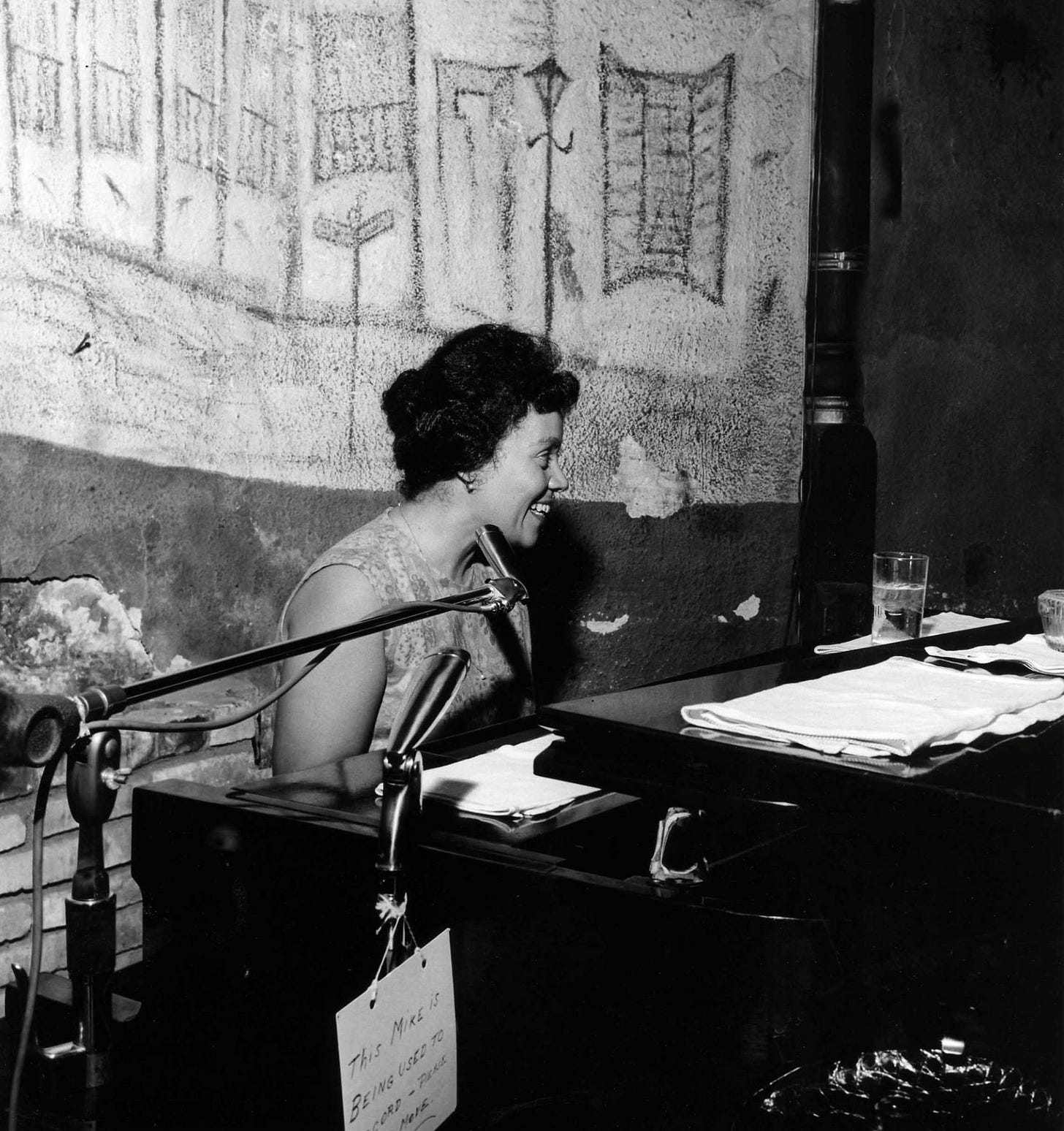
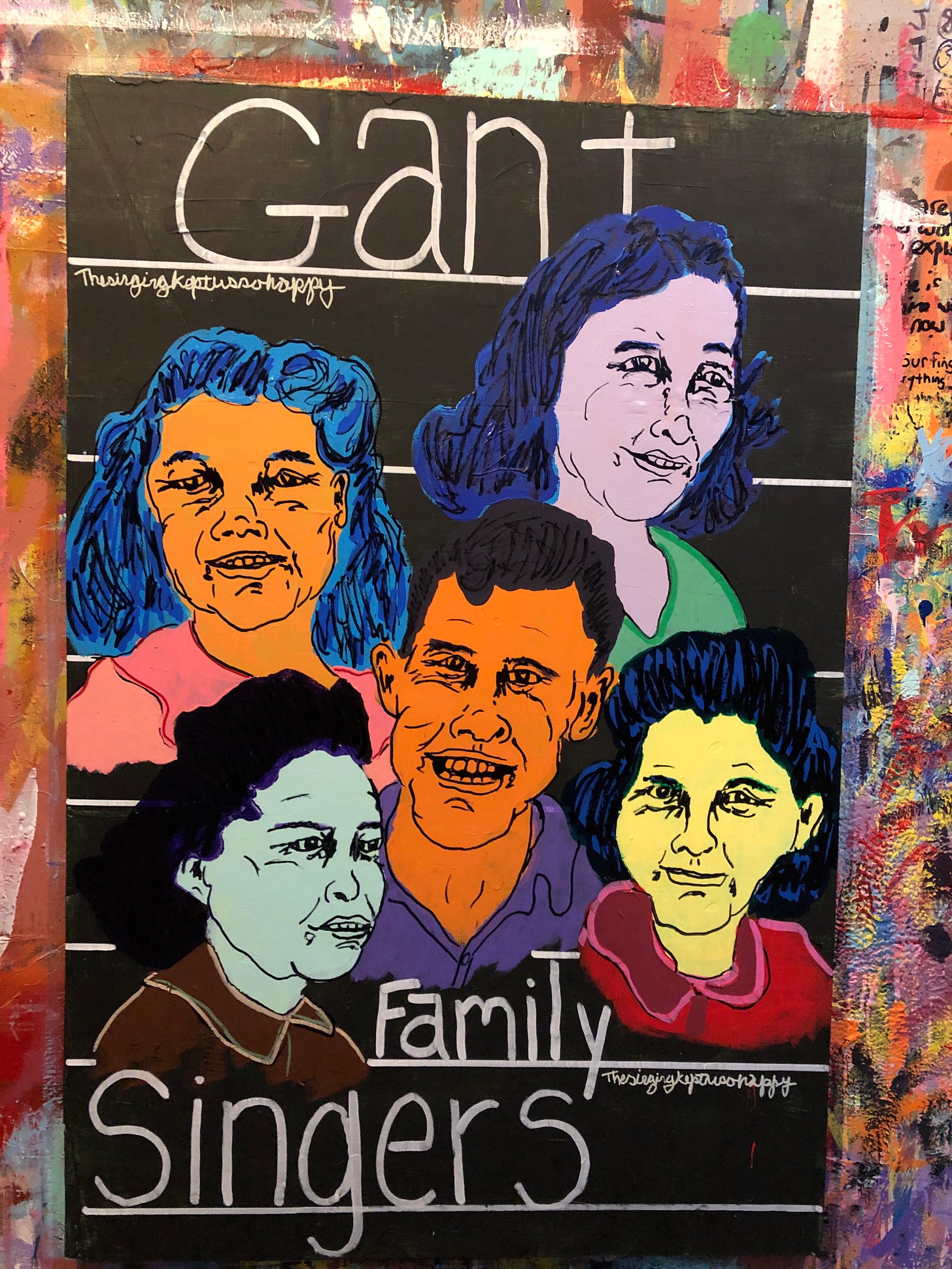
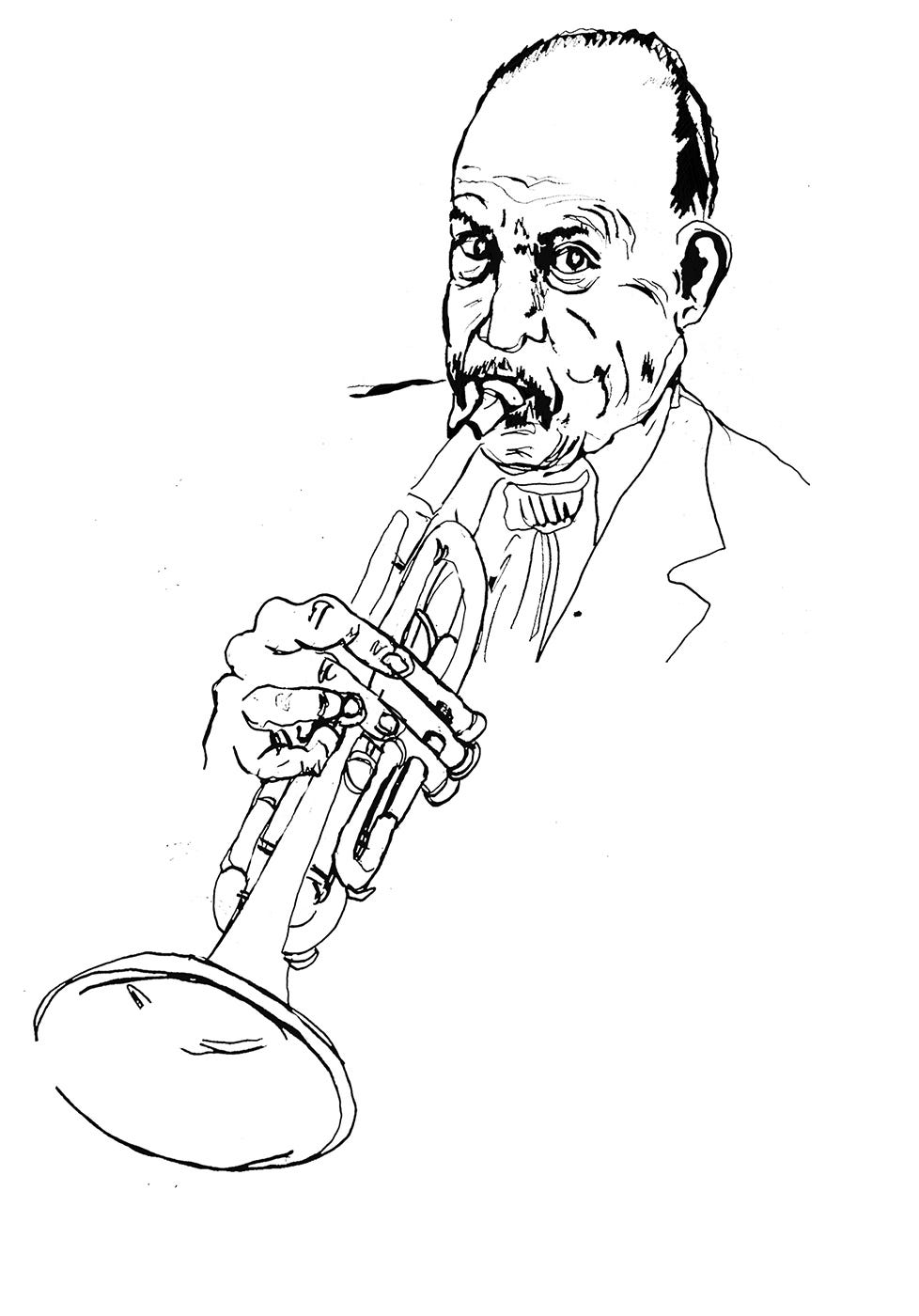



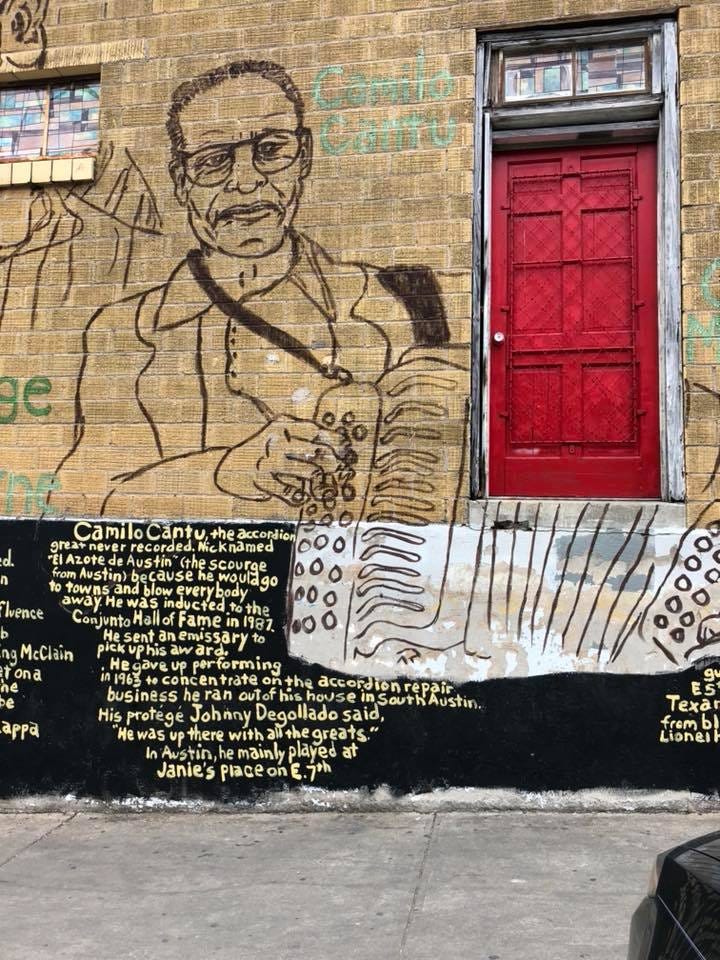
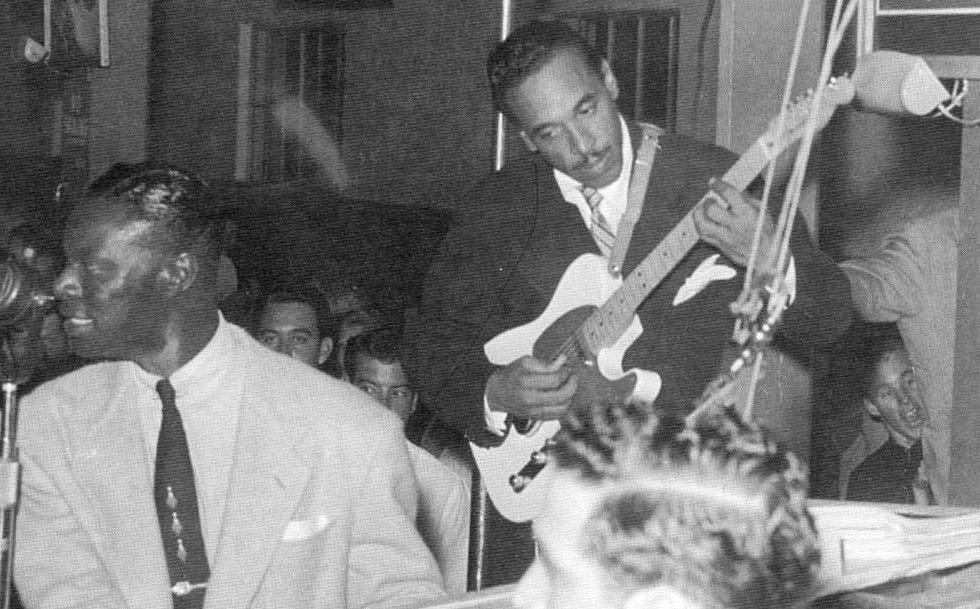
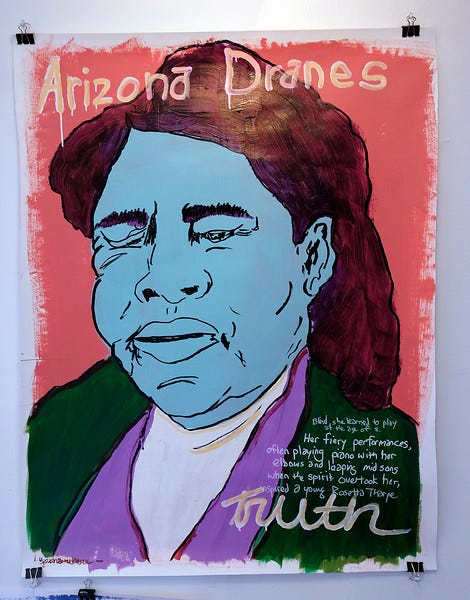
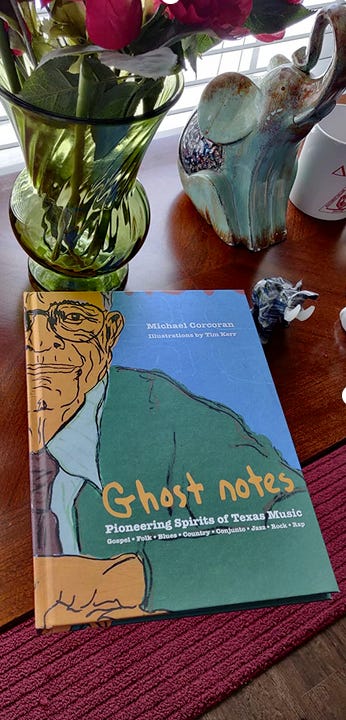
Ike Ritter
Thanks again for helping me learn something today. Love that you are keeping this wonderful music history alive. 🕊💙🎶